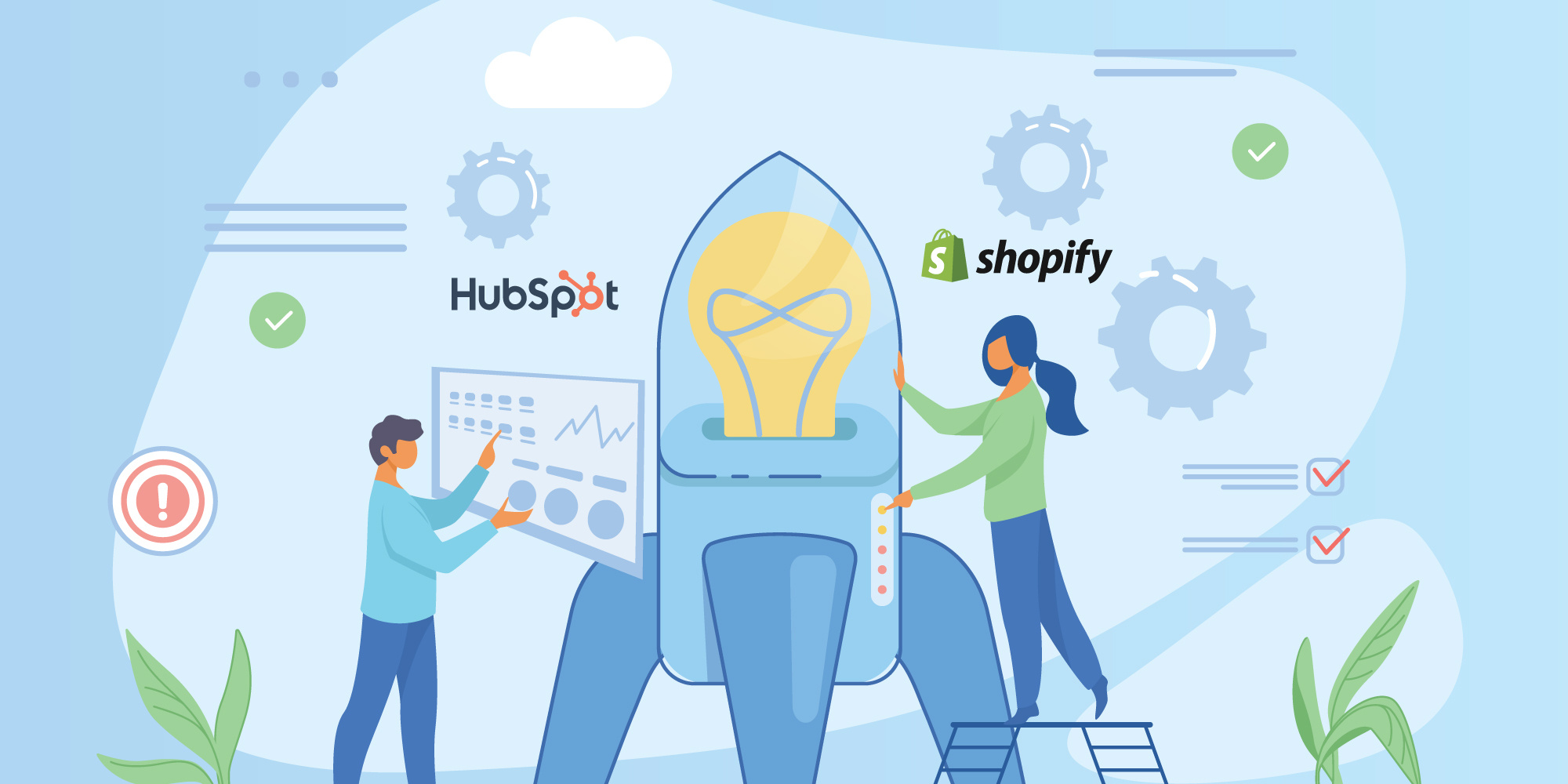In the world of e-commerce, fostering a seamless connection between marketing and sales platforms can mean the difference between growth and stagnation. The HubSpot Shopify integration stands out as a key solution, enabling businesses to merge customer relationship management with e-commerce capabilities. This integration not only enhances operational efficiency but also transforms the customer experience in powerful ways.
Understanding HubSpot and Shopify Integration Benefits
The primary draw of integrating HubSpot with Shopify lies in the range of benefits it offers for e-commerce businesses. These benefits help improve customer interactions, boost operational efficiencies, and leverage data for informed decision-making.
Enhancing Customer Experience with Integrated Platforms
The essence of successful e-commerce centers on delivering an exceptional customer experience. When HubSpot and Shopify integrate, it allows for a personalised shopping journey that is responsive to customer behaviour. Automated communications triggered by specific customer actions—like abandoned cart reminders or purchase confirmations—ensure customers feel acknowledged and engaged.
For example, if a customer browses a product on Shopify but doesn’t complete the purchase, HubSpot can initiate a follow-up email suggesting that product alongside similar alternatives. This level of personalisation not only encourages conversion but also fosters brand loyalty. Increased repetition in interactions enhances the likelihood of customers returning, which is crucial for long-term business success.
Boosting Operational Efficiency Through Automation
Operational efficiency is another compelling aspect of the HubSpot Shopify integration. The automation capabilities reduce manual data entry and coordination hurdles. Imagine a system where customer information and order status update in real-time across both platforms.
For instance, once an order is placed on Shopify, the integration allows HubSpot to automatically populate customer details and order information. This streamlining not only saves valuable time but also minimises the likelihood of errors. Teams can then focus their energy on strategising and refining marketing efforts, rather than getting bogged down in routine tasks.
Key Features of HubSpot Shopify Integration
To fully appreciate what the HubSpot Shopify integration can do, it’s vital to understand its key features. These integral components facilitate the e-commerce transaction lifecycle from initial engagement to post-purchase support.
Streamlined Data Synchronisation
One of the standout features is the ability to synchronise data seamlessly between Shopify and HubSpot. This synchronisation ensures that information flows smoothly, enabling real-time updates on customer purchases and interactions.
For example, if a customer makes a purchase, HubSpot records this transaction automatically, making customer profile data more accurate and up-to-date. This visibility enables marketing teams to tailor campaigns based on actual buying patterns rather than outdated data, increasing the effectiveness of marketing initiatives.
Unified Marketing Efforts with Shared Insights
An integrated system provides businesses with crucial insights, allowing for unified marketing efforts. By analysing shared data, businesses can derive actionable insights from both platforms, tying marketing actions directly to sales performance. This connection is pivotal for running analytics on what strategies are effective and which ones require adjustments.
With HubSpot’s marketing tools at the disposal of Shopify merchants, campaigns can be crafted based on customer preferences and behaviour. For instance, if data shows a customer segment that regularly purchases a specific product category, businesses can create targeted campaigns to promote complementary items specifically to that group.
Steps to Successfully Implement HubSpot Shopify Integration
Successfully implementing the HubSpot Shopify integration involves a structured approach. Following these steps allows businesses to connect the two platforms and start reaping the benefits.
Setting Up Integration in HubSpot
To begin, one must navigate to the Integrations section in HubSpot. Selecting the Shopify integration option will set the process in motion. During setup, users are prompted to provide permissions that dictate the level of data HubSpot can access from Shopify.
These permissions are critical; they shape how effectively the integration can operate and what customer data HubSpot will utilise for marketing campaigns. After confirming the connection, users will receive a notification confirming successful setup.
Connecting Shopify to HubSpot for Comprehensive Data
Following the setup in HubSpot, the next step is to navigate to the Shopify App Store and install the HubSpot app. This connection is essential, as it allows Shopify to feed information back into HubSpot seamlessly.
Once installed, users will follow prompts to establish the link between the two platforms. Customers, product data, and orders will synchronize, allowing businesses to take a comprehensive approach to manage their customer relationships and sales process.
Best Practices for Maximising E-commerce Performance
Adopting best practices can amplify the benefits derived from the HubSpot Shopify integration. Engaging with analytics and utilising insights strategically play pivotal roles in maximising e-commerce performance.
Utilising Analytics for Informed Decision-Making
Analytics are central to understanding customer behaviour and refining marketing strategies. Both HubSpot and Shopify offer tools tailored for tracking and analysing data crucial for e-commerce success.
Regularly monitoring key performance indicators—such as traffic sources, conversion rates, and customer engagement—enables businesses to pinpoint areas needing attention. If analytics indicate low interest in a specific product line, businesses can quickly pivot their strategies to boost visibility or adjust inventory levels accordingly.
With these insights, e-commerce businesses can adopt an iterative approach, adjusting their operations based on data rather than guesswork.
Conclusion
Driving e-commerce success through the HubSpot Shopify integration offers numerous advantages. By merging these two powerful platforms, businesses can enhance customer experiences, increase operational efficiencies, and utilize data effectively for informed decision-making.
In a competitive e-commerce environment, adopting such integrations is no longer just an option; it’s a necessity for brands aiming to thrive in an increasingly digital world. The future belongs to those who can leverage technology to remain adaptable and connected to their customers.


